5 ways Apple could improve iOS for business users
An enterprise wish list
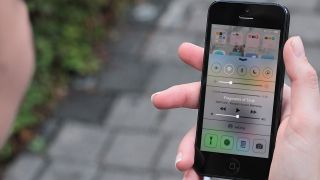
Introduction
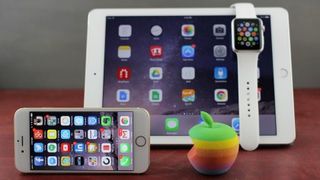
With Apple's September 9 iPhone event just under a week away, iPhone and iPad users are in for a whole slew of new features for the company's latest mobile operating system, iOS 9. From picture-in-picture to split view and all of the various performance optimizations in between, there's certainly a whole lot to look forward to.
Despite all of these goodies, there are still a number of ways Apple could stand to improve its mobile OS, especially for business users. With that in mind, let's take a gander at five things Apple could do to make iOS a true productivity superstar.
Deep stylus support
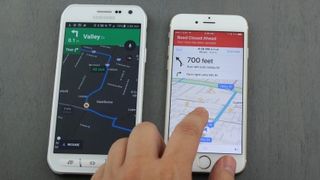
This is an area that Samsung and Microsoft have been perfecting for a while and, unfortunately, Apple has fallen behind. There's a reason that Samsung's Note line and Microsoft's Surface Pro 3 have become so popular with the business crowd: being able to quickly pull out a stylus to jot down notes or mark up the important points on a presentation is an incredibly handy thing to have, especially if you have fat fingers.
While there are third-party bluetooth stylus options, they require their own connected apps and often need support built into other apps for things like palm rejection. A much more elegant solution would be for Apple to work to integrate stylus support deep into iOS, and a first-party stylus from Apple itself would be great as well.
With rumors that the iPad Pro could finally be right around the corner, with a possible reveal at Apple's September 9 event, now seems like as good a time as any for an Apple stylus to make an appearance. Alongside improved handwriting features in the iOS 9 notes app, along with the possible appearance of Force Touch on the new iPhones, allowing iOS to detect pressure, the groundwork seems to be there for deeper stylus integration.
Lock screen widgets
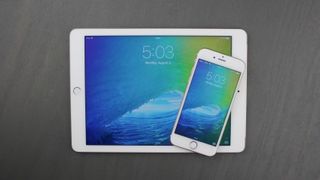
Apple first introduced widgets in iOS 8, finally bringing the OS up to parity with Google's Android - sort of. One major hindrance with widgets in iOS is that they are confined to the "Today" view. This requires a user to swipe down on the taskbar to access widgets, which sort of defeats their purpose of giving you an overview at a quick glance. One way to address this would be to allow widgets to be viewed on the lock screen.
It's true that there are ways to achieve this, but they involve jailbreaking your iPhone or iPad, which is not recommended if you value the security of your device. Official support for lock screen widgets would be a welcome improvement in iOS, enabling quicker access to information that you deem to be important, like calendar events and weather.
Are you a pro? Subscribe to our newsletter
Sign up to the TechRadar Pro newsletter to get all the top news, opinion, features and guidance your business needs to succeed!
While it may be a relatively minor addition, eliminating the number of swipes required to access information at a glance could improve ease of use for times when you would rather avoid fumbling with your phone as much as possible.
Multiple user profiles
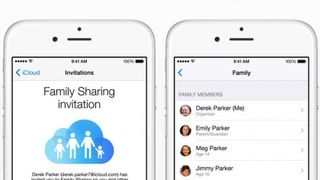
This is another area where Apple has fallen a bit behind its rivals. Despite supporting robust user profiles in OS X, the same feature has yet to grace iOS. Meanwhile, Android introduced user profiles in Lollipop, and they seem to be enjoying some success.
The immediate benefits of multiple user profiles are obvious for the normal user, enabling the ability to share your device with someone to look something up without leaving your data wide open to prying eyes. However, where the feature becomes a game changer is the possibility of separate profiles for work and personal use on the same device.
What would be interesting to see is a feature for businesses like Google's Android for Work, which essentially allows you to stick to one device for both work and personal use. Profiles are kept separate, with users switching between a secure work environment and a personal setup on the same phone. Not only would this allow you to sort of "switch" out of work mode after hours, but you'd also be freed from the minor annoyance of having to carry around two phones for different purposes.
Mouse support
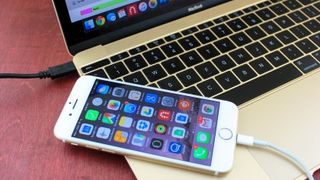
A lot of people use keyboards with their iPad, and there is no shortage of third-party options for those who want that experience. It can be incredibly useful if you need to sit down and finish typing up a quick report in between flights at the airport, but the whole idea of using an iPad as a laptop replacement falls short for one simple reason: lack of bluetooth mouse support.
It's true that you can get along just fine without a mouse in such situations, but typing a paragraph and then reaching up to tap your way through to your next task just feels cumbersome. Microsoft has sort of nailed this issue with its Surface line of hybrid tablets - though, admittedly, they are running full versions of Windows - and it would be great to see Apple make a similar effort with iOS on the iPad.
Apple may have no interest in making the iPad a laptop replacement, but there is clearly a market for such a thing. The ability to pair a mouse with an iPad and have iOS present a cursor would definitely be a boon for productivity applications and alleviate the awkward process of jumping back and forth between touching and typing.
Make Proactive more proactive
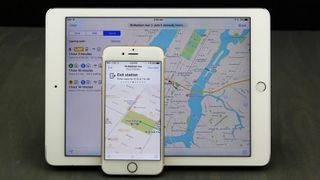
One of the big highlights of iOS 9 is a new feature called Proactive. The feature has drawn numerous comparisons to Google Now on Android, and with good reason. Both services make an effort to bring you useful information, like traffic conditions for your morning commute and calendar events, as you need it.
However, one area where we'd like to see Apple take a cue from Google is with automatic alerts for things like upcoming flights, package delivery information and upcoming bills. Google harvests this information in Google Now through emails in a connected Gmail account, and given Apple's stance on privacy, it's unlikely we'll see this feature make it to iOS. Still, since it's fairly automatic and requires no extra input from the user, such integration could make Proactive that much better.
A lot of this information can be pushed through notifications from third-party apps, but an overview screen with reminders of your upcoming flights, deliveries and more all in one place could certainly help you more easily stay on top of your day.
Most Popular

